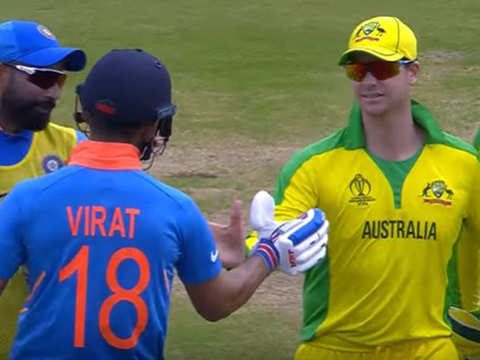Cricket, often dubbed the “gentleman’s game,” is a sport that transcends boundaries and brings together diverse cultures and nations. At the heart of every cricket team stands a leader, the captain, who plays a pivotal role in shaping the destiny of their side. In this blog post, we will delve into the world of cricket captains, exploring their significance, leadership styles, and some iconic figures who have left an indelible mark on the game.
Cricket, much like any other sport, is a battle of skills, strategy, and nerves. While individual brilliance often shines through, it’s the captain who orchestrates the team’s efforts on the field. They are not just responsible for tactical decisions but also for inspiring and motivating their players, maintaining team cohesion, and representing their nation on the global stage.
Leadership Styles in Cricket Captains
Cricket captains come in various leadership styles, each leaving their unique imprint on the team’s performance. Here are some common leadership styles seen in cricket:
The Tactical Genius: Some captains are known for their strategic brilliance. They read the game like a book, making astute decisions that can turn the tide of a match. Their ability to foresee outcomes and plan accordingly is often what sets them apart.
The Inspirational Leader: These captains lead by example. They inspire their team through their commitment, work ethic, and unwavering determination. Their presence alone can lift the morale of the entire squad.
The Cool and Calm: In the high-pressure environment of international cricket, maintaining composure is vital. Captains who remain cool under pressure and make rational decisions even in tense situations are invaluable assets to their teams.
The Charismatic Motivator: Charisma is a quality that cannot be taught. Some captains possess an innate ability to motivate their players. They know how to get the best out of each team member and instill self-belief.
Icons of Cricket Captaincy
Over the years, cricket has witnessed some legendary captains who have not only excelled in their roles but have also left an indelible mark on the game.
Sir Don Bradman: Widely regarded as the greatest cricketer of all time, Bradman’s captaincy for Australia was marked by his incredible batting prowess and his ability to lead by example. His tactical acumen and unyielding determination made him an icon of the sport.
Clive Lloyd: Leading the formidable West Indies team during the 1970s and 1980s, Clive Lloyd is remembered for his calm and composed leadership. Under his captaincy, the West Indies dominated world cricket with a fearsome pace attack and powerful batting lineup.
Imran Khan: Imran Khan’s charismatic leadership not only led Pakistan to its first-ever World Cup victory in 1992 but also brought a sense of unity and purpose to the team. His never-give-up attitude and astute cricketing brain made him a cricketing legend.
MS Dhoni: “Captain Cool” Dhoni is one of the most successful captains in the history of Indian cricket. Known for his ice-cool demeanor, Dhoni’s leadership saw India achieve numerous milestones, including winning the T20 World Cup in 2007 and the 50-over World Cup in 2011.
The Modern Era: Challenges and Innovations
In the modern era, cricket captains face a unique set of challenges. The game has evolved, with formats like T20 cricket demanding innovative strategies and quick decision-making. Captains must adapt to different formats, handle the pressure of close matches, and manage the physical and mental well-being of their players in an era of hectic schedules.
Technology has also played a significant role in cricket captaincy. Captains now have access to detailed statistical analysis, video footage, and real-time data that can inform their decisions on the field. The Decision Review System (DRS) allows captains to challenge umpiring decisions, adding a new dimension to their roles.
The Future of Cricket Captaincy
As cricket continues to evolve, the role of the captain will evolve with it. The future of cricket captaincy will likely see captains becoming even more data-driven, relying on technology to make precise decisions. They will also need to be effective communicators, fostering team spirit and unity in an increasingly diverse and globalized cricketing landscape.
In conclusion, cricket captains are the leaders on the field, guiding their teams through the highs and lows of the game. They come in various leadership styles, and their influence extends far beyond the boundary ropes. From legends of the past to the charismatic leaders of today, cricket captains are an integral part of the sport’s rich tapestry, shaping its history and future.



